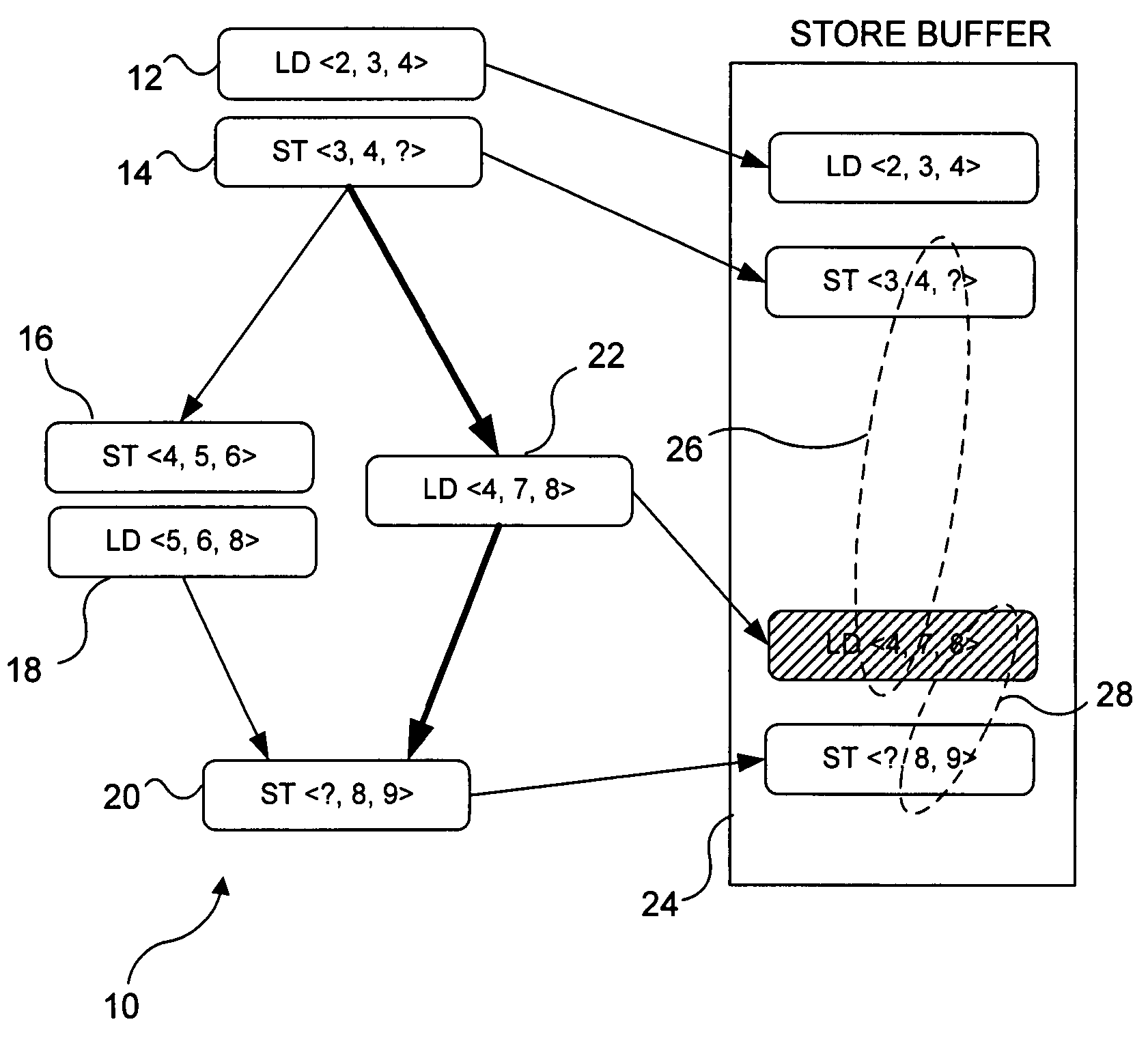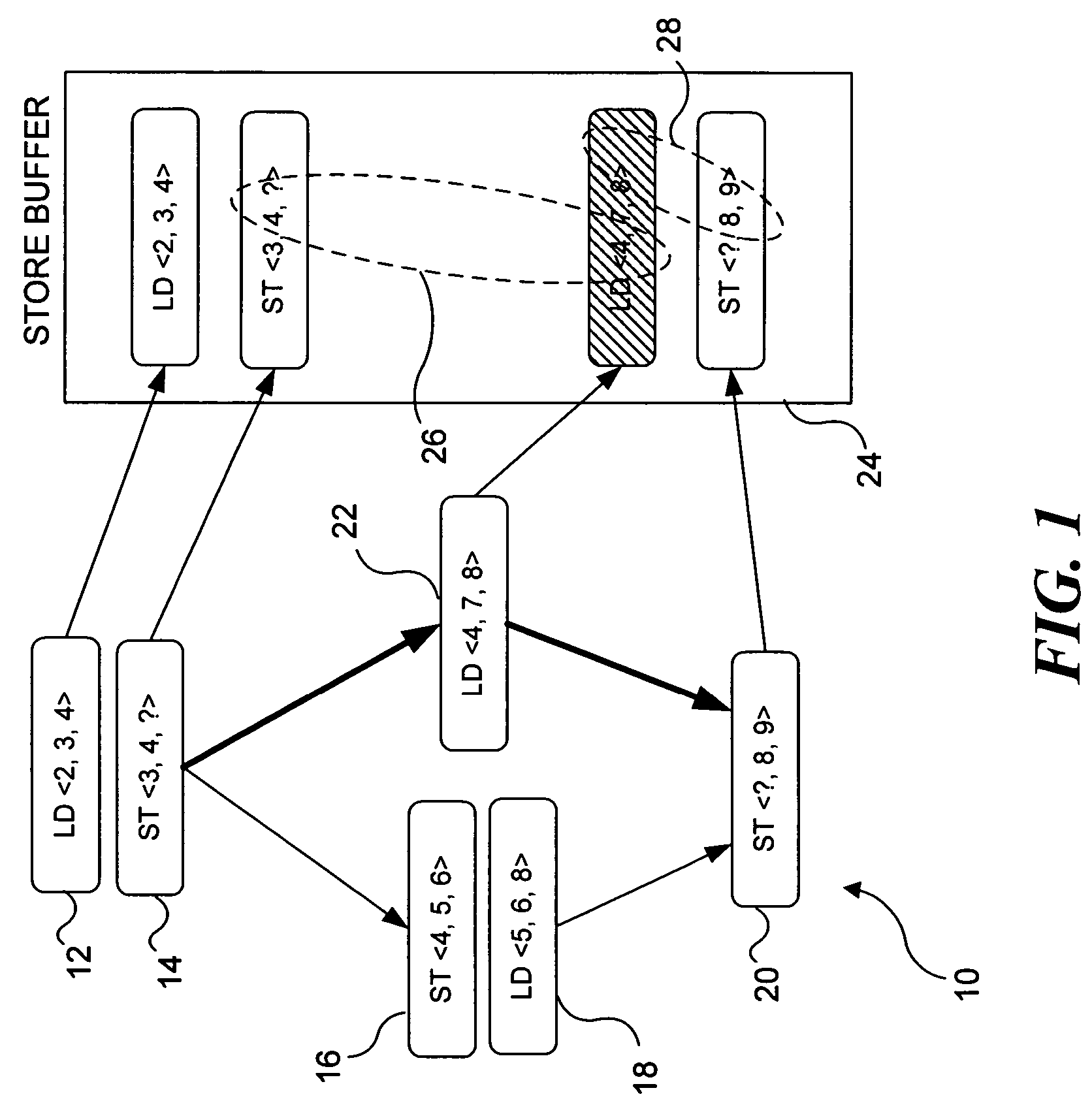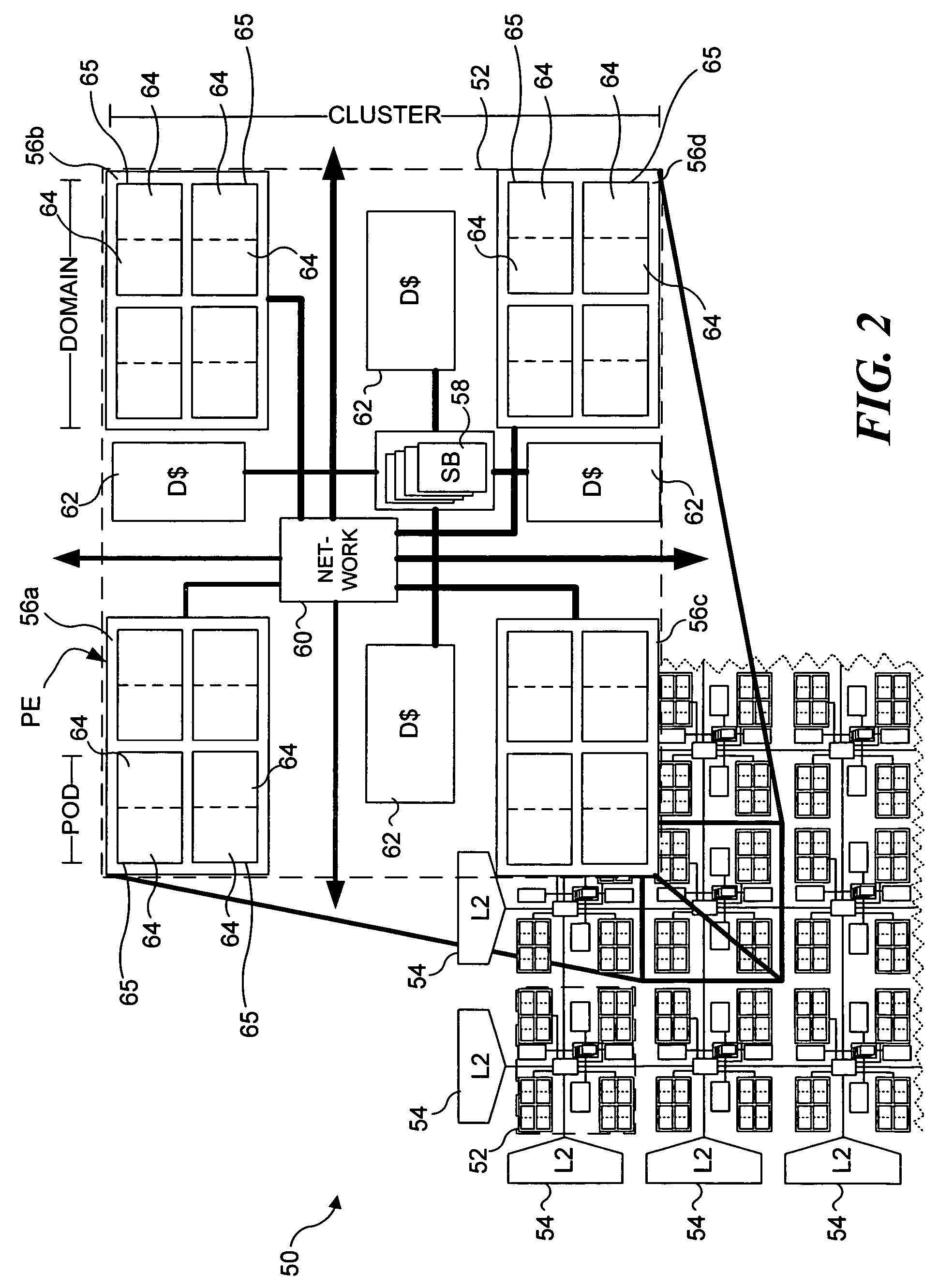Recent research, however, has demonstrated that simply scaling up current architectures will not convert these new transistors to commensurate increases in performance.
This gap between the performance improvements that are needed and those that can be realized by simply constructing larger versions of existing architectures will fundamentally alter processor designs.
Three problems contribute to this gap, creating a processor scaling wall.
The problems include the ever-increasing disparity between computation and communication performance—fast transistors, but slow wires; the increasing cost of
circuit complexity, leading to longer design times, schedule slips, and more processor bugs; and the decreasing reliability of circuit technology, caused by shrinking feature sizes and continued scaling of the underlying material characteristics.
In particular, modern
superscalar processor designs will not scale, because they are built atop a vast infrastructure of slow broadcast networks, associative searches, complex
control logic, and inherently centralized structures that must all be designed correctly for reliable execution.
However, superscalars suffer from several drawbacks that are beginning to emerge.
First, their inherent complexity makes efficient implementation a daunting challenge.
As features and cycle times shrink, the hardware structures that form the core of
superscalar processors (register files, issue windows, and scheduling logic) become extremely expensive to access.
Indeed, industry recognizes that building ever-larger superscalars as
transistor budgets expand can be impractical, because of the processor scaling wall.
Each new mechanism, optimization, or predictor adds additional complexity and makes
verification time an ever increasing cost in
processor design.
However, they fail to utilize a significant source of locality intrinsic to applications, i.e.,
dataflow locality.
Such high rates of
predictability suggest that current processor communication systems are over-general, because they provide instructions with fast access to many more register values than needed.
Instead of simply ignoring
dataflow locality, however, superscalars destroy it in their search for parallelism.
By changing the physical registers and instruction uses, renaming forces the architecture to provide each instruction with fast access to the entire physical
register file, which results in a huge, slow
register file and complicated forwarding networks.
Destroying dataflow locality leads to inefficiencies in modern processor designs: The processor fetches a
stream of instructions with a highly predictable communication pattern, destroys that
predictability by renaming, and then compensates by using broadcast communication in the
register file and the bypass network, combined with complex scheduling in the instruction
queue.
But none of these approaches make full use of it, because they still include large forwarding networks and register files.
The elegance and simplicity of the model are striking, but the price is steep.
In addition, recent work introduces limited amounts of parallelism into the fetch stage by providing multiple fetch and decode units.
Despite tremendous effort over decades of
computer architecture research, no processor comes close to exploiting the maximum ILP present in applications, as measured in limit studies.
Interestingly, no single definition of a thread has proven suitable for all applications.
Individual architectures, however, tend not to support this heterogeneity.
Threaded architectures usually target a specific thread
granularity or, in some cases, a small number of granularities, making it difficult or inefficient to execute and synchronize threads of a different grain.
For example, extremely fine-grain applications cannot execute efficiently on a
shared memory multiprocessor due to the high cost of synchronization.
This requirement stems from dataflow's inability to guarantee that memory operations will execute in a particular order.
 Login to View More
Login to View More  Login to View More
Login to View More 


